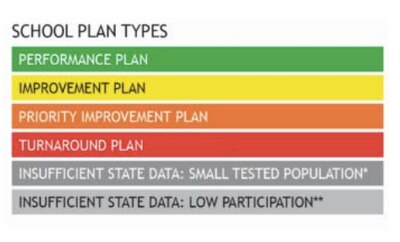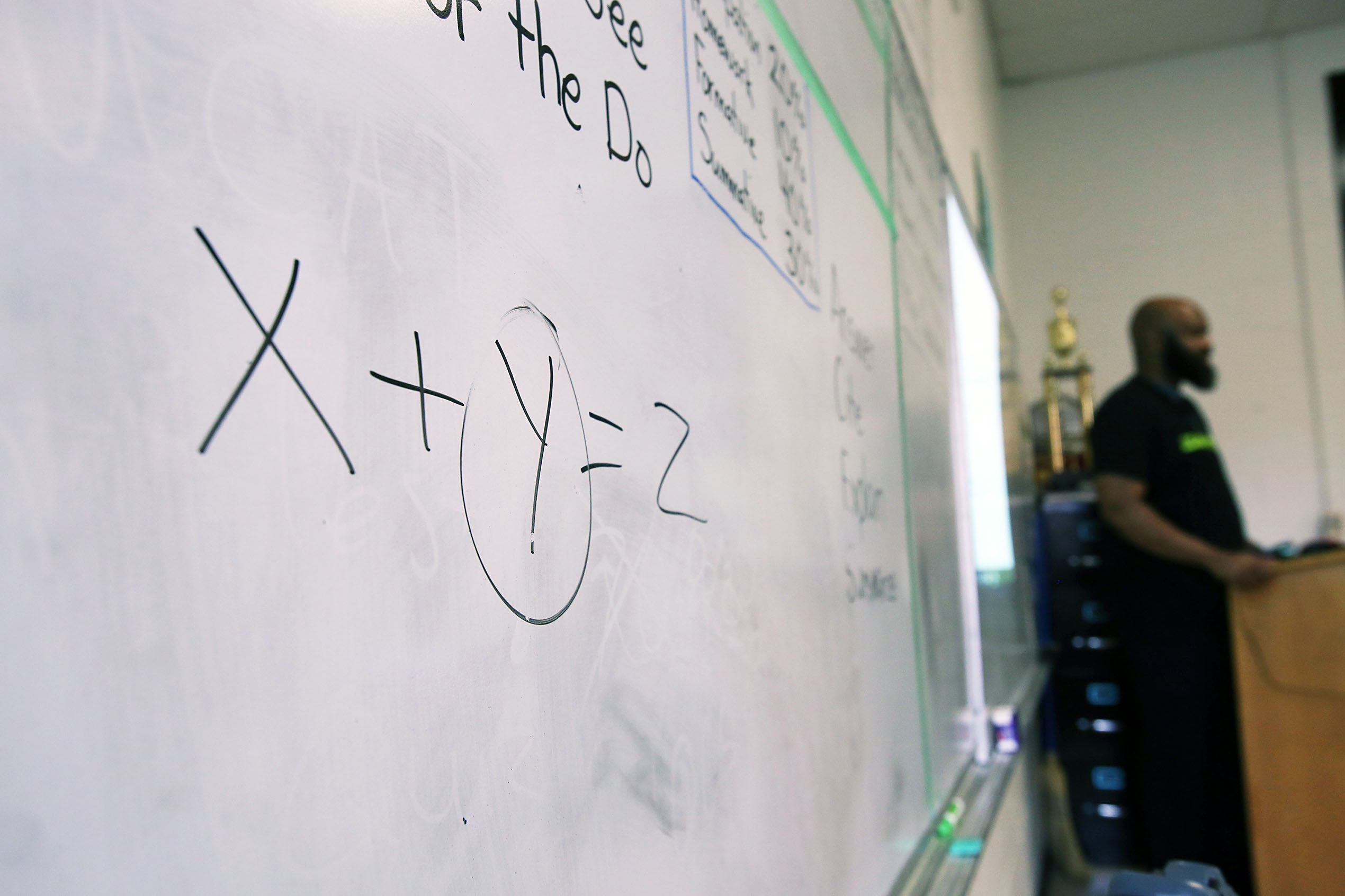Colorado is changing how it rates the academic performance of schools to include how many students are on track to reach proficiency and to reward high schools where students meet tougher graduation requirements.
Next year, these measures will be used to provide more information about schools. They’ll be incorporated into school ratings and used for school accountability starting in 2024.
The changes have been planned for several years but were delayed because of pandemic disruptions and a pause in testing due to the emergence of COVID.
A similar measure tracking how likely English learners are to reach a higher level of English proficiency within a certain amount of time is already included in ratings.
Colorado’s school rating system uses test scores — and other measures such as graduation rates in the case of high schools — to place schools in one of four tiers. Schools in the lowest two tiers can get extra help to improve, but if they receive low ratings for five years or more, the State Board of Education has to step in to require more significant changes.
The state board approved the plan in November to start rolling out these changes, but asked the state to hold off on changing performance targets this year.

The state last changed the percentage of points elementary and middle schools needed to earn to be considered in the highest tier of performance in 2019. The state had the option of lowering those scores, given how much lower schools across the state are performing after COVID disruptions, or could have also raised them, but opted to keep them the same for now.
The board wanted to keep expectations high, said Lisa Medler, the state’s executive director of accountability and continuous improvement.
While the state board is moving ahead with some changes to ratings, the entire accountability system could see a much bigger overhaul. An audit to determine if the system is meeting its goals of improving education across the state is due later this month.
“It’s been a little bit of a hard thing to account for,” Medler said. “Our plan has been to keep moving things forward.”
In 2024, barring other drastic changes to the accountability system, the state’s current plan calls for the new on-track growth measure to count for 10% of an elementary or middle school’s rating.
Currently, elementary and middle school ratings consist of two measures: achievement, or how well students score on standardized tests, and growth, or how much progress students made compared to other students with similar scores in the past.
The new on-track growth measure is meant to account for whether students are making progress fast enough to get them to proficiency within a certain amount of time. Some experts have argued that even with what may be considered high growth, some students are so far behind, they may not be on track to catch up.
When the measure starts counting towards scores, achievement scores on state tests will account for 35% of school ratings, down from 40%, and the existing growth measure will account for 55%, down from 60%, with the new on-track measure accounting for the rest of the rating.
The new on-track growth measure is likely to be ready for elementary and middle schools but may not be available for high schools until a year later.
For high schools, one of the measures that will be added in 2023 for information and for points in 2024 will reward schools where students meet higher requirements than the state minimums to graduate. Another new measure will look at the rates of students who pass advanced courses in subjects other than English or math, including Advanced Placement, International Baccalaureate, or concurrent enrollment classes. The state is still working out how to define what classes are not English or math and whether the list considered will be limited.
Another change to the high school ratings in 2023, also prompted by lawmakers, will be that when the state considers how many students move on to postsecondary education, students enlisting in the military will be included in the count. Previously, only students enrolling in college or trade school had been considered as pursuing a postsecondary option.
These changes fall into a category unique to high schools called postsecondary and workforce readiness that make up 35% of a high school’s score.
The inclusions of the measures give schools more ways to show positive student outcomes.
Yesenia Robles is a reporter for Chalkbeat Colorado covering K-12 school districts and multilingual education. Contact Yesenia at yrobles@chalkbeat.org.







